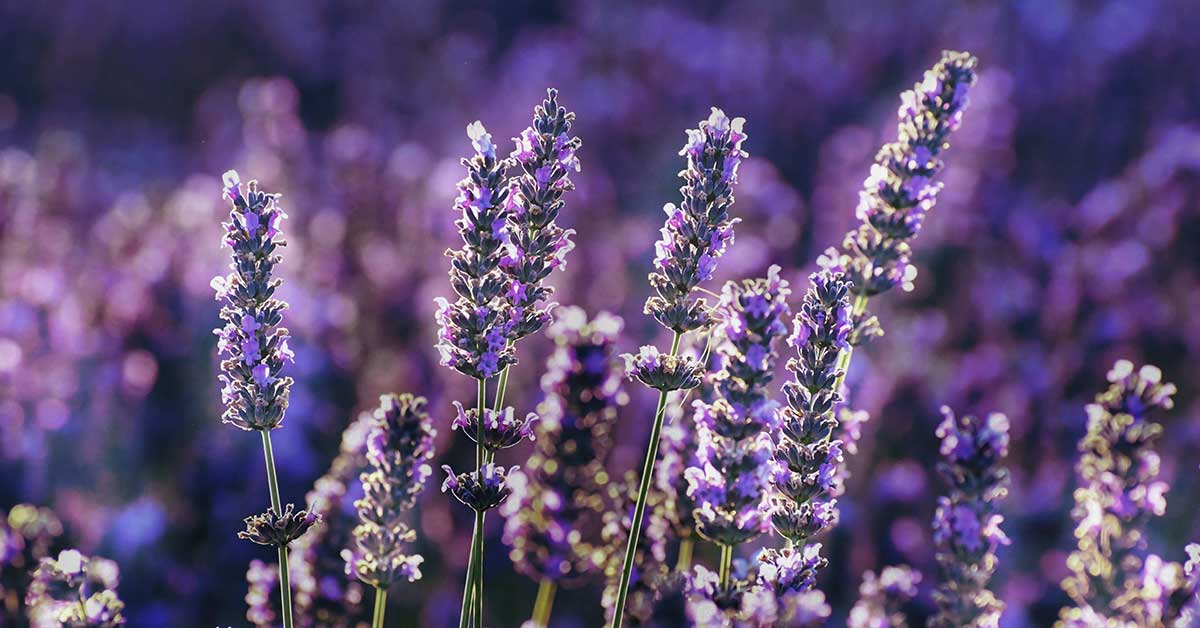Many gardeners have some form of lavender in their garden, simply because it’s one of the best and easiest herbs you could grow! The smell, the texture, and the way they look, lavender is an excellent plant to have in your garden. However, there are a few tricks to fertilizing lavender the right way without damaging the plant. It’s a lot simpler than you think, so don’t worry if your lavender isn’t looking its best right now.
Signs you need to fertilize lavender plants
It’ll be pretty obvious when your lavender is showing signs of distress and needs attention. Lavenders will begin to wilt and die if they are being overwatered. This is a common mistake with most gardeners that just bought lavender for the first time. This plant doesn’t need a ton of water in order to thrive in your garden. In fact, lavender requires very little water since it’s a drought-resistant plant and can survive in extreme climates. Fertilizing lavender also has its own set of rules that can prove to be beneficial for your lavender.
When To Fertilize Lavender
Contrary to most herbs, lavender actually prefers nutrient-poor soil. Fertilizing lavender obsessively can actually do more harm than good to your plants. If you are over-fertilizing your lavender, it can result in excess foliage and your plant may not ever bloom because it doesn’t have the energy to do so. In other circumstances, over-fertilizing lavender can just kill the plant entirely, especially if the soil is too nitrogen rich. There may come a time when you must admit defeat with your lavender and have to start all over again with a new plant.
If you really want the best results out of your lavender, wait until the very beginning of springtime for the growing season. Find the perfect spot in your garden where you want to plant your lavender. Once you’ve established a good spot, plant your lavender in about an inch of good compost or soil. This will provide your lavender with enough nutrients to start growing and blooming without being overwhelmed. Ideally, you don’t want to fertilize your lavender in the fall because the newly sprouted growth will just wither and die in the winter.
Checking The Soil
One last little tip for making sure that your lavender continues to grow healthily is by checking to see how damp or moist the soil is. As we mentioned before, lavender doesn’t need a lot of water or a lot of fertilizer in order to thrive. However, just by checking to see if the soil is too dry or too wet, you can gauge your lavender’s needs before they become too damaged to mend. Keep all of this advice in mind and your lavender will be perfect come spring and summer.













